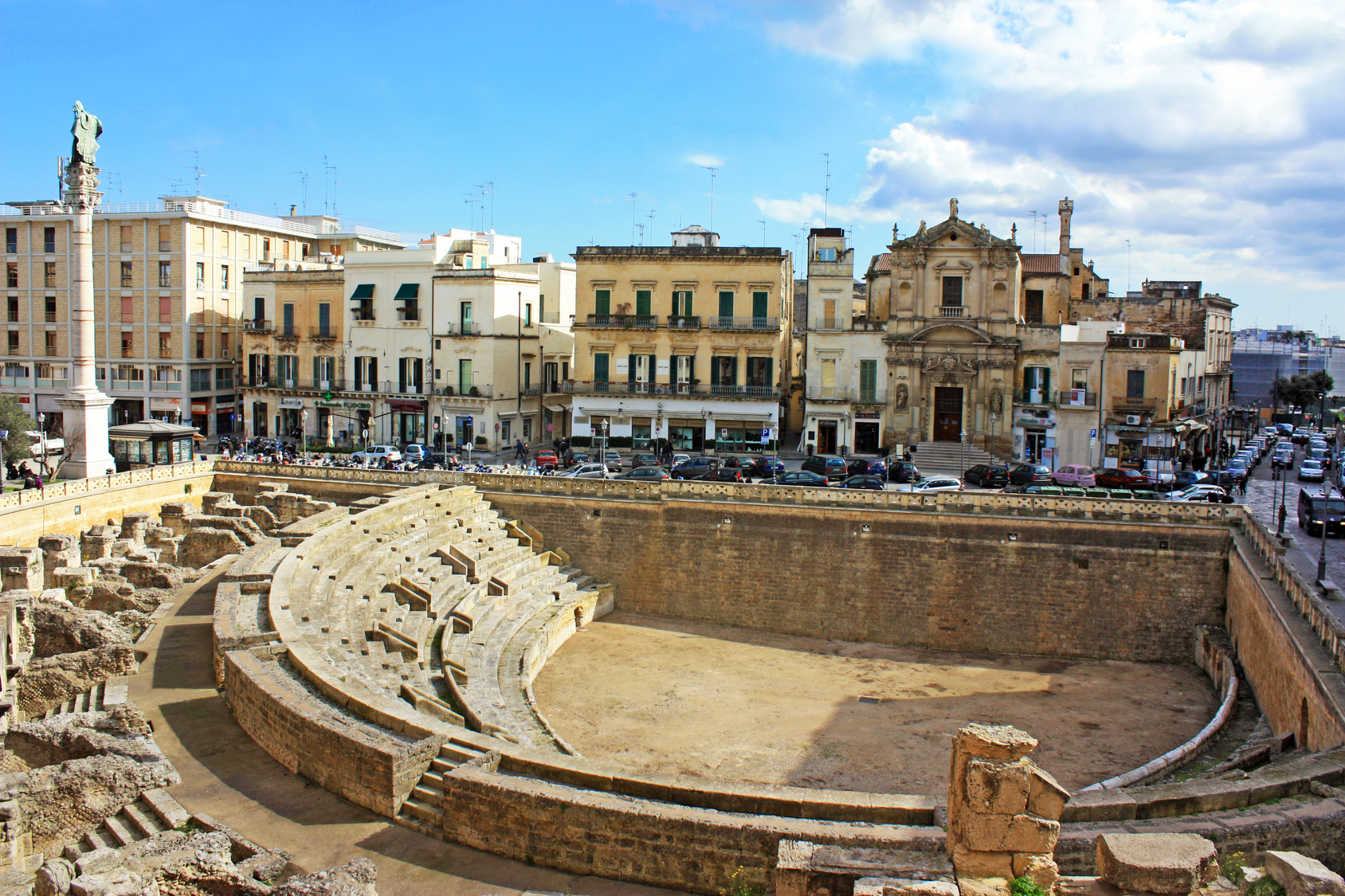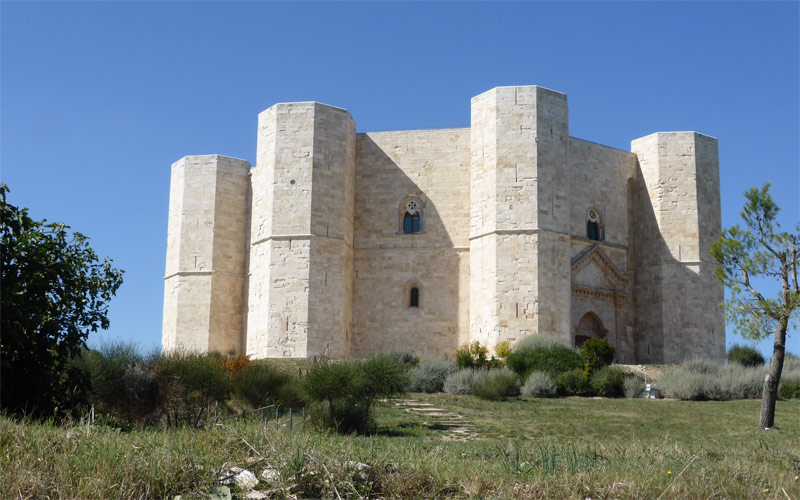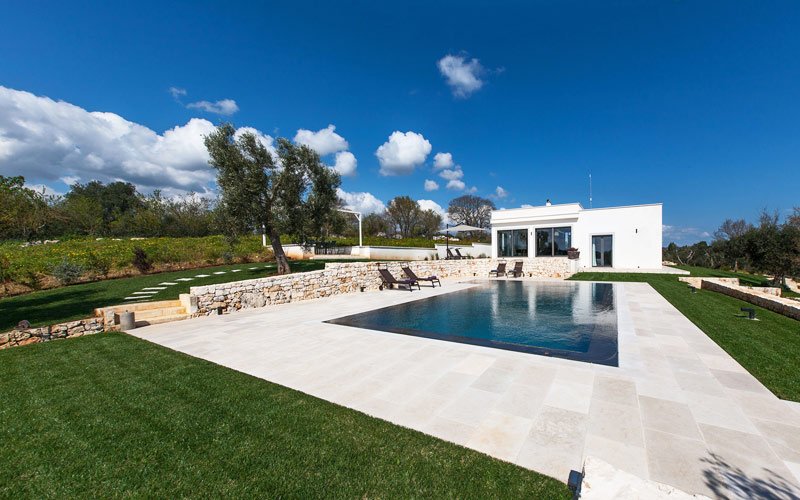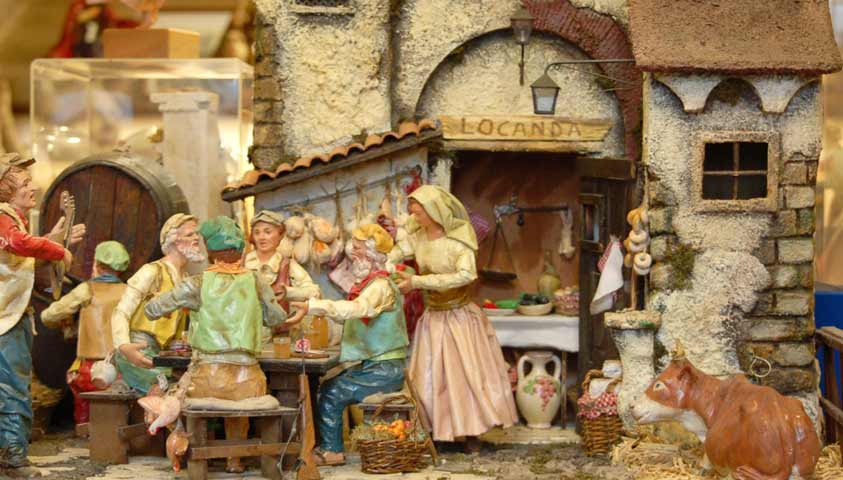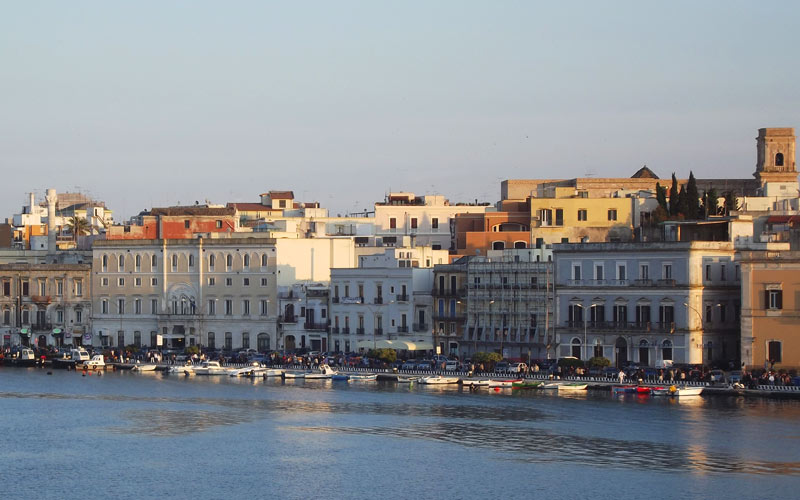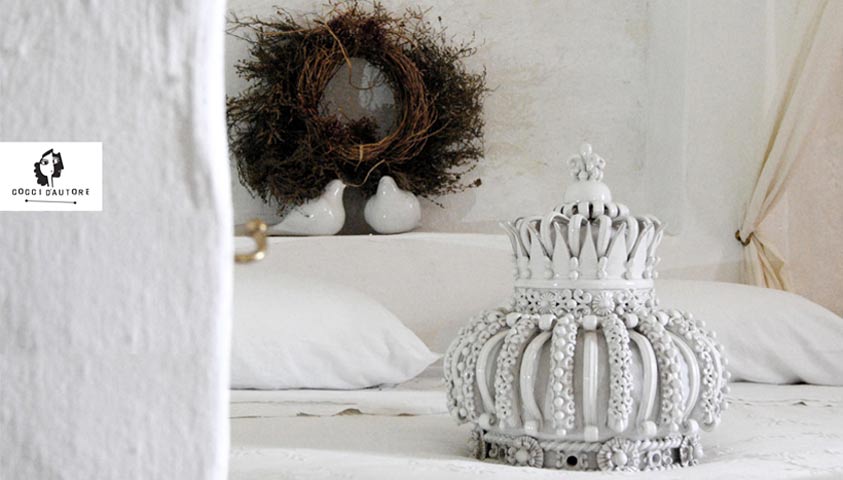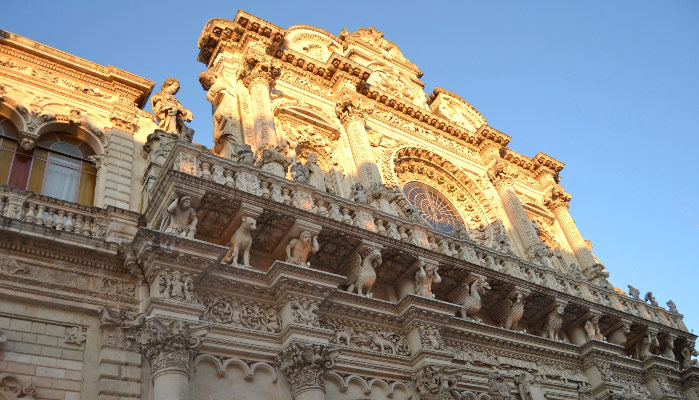Puglia has a long history dating back more than 3,000 years. Pointed towards the Mediterranean Sea yet it is still so connected with the mainland, Puglia has absorbed cultures, arts and traditions through the centuries coming from far away, as well as developing its own genuine uniqueness.
Here is – in a nutshell – a brief history of Puglia.
From Paleolithic Age to the Romans
Puglia has been inhabited since the Paleolithic Age: in the 1st millennium BC, Messapii and other Italic peoples settled here. In the 8th century BC, Puglia became a Greek colony, bringing Taranto to be one of the most flourishing cities of Magna Graecia.
In 272 BC, the Romans expanded throughout the territory conquering Taranto that had become an intense communication route between Rome and the East, gaining importance and prosperity.
Do you love ancient history? Read more about Puglia’s historycal sites.
Photo: Roman amphitheatre of Lecce
The Normans and other conquerors
With the fall of the Roman Empire, in 476 AC, Puglia underwent various barbarian dominations. In the second half of the 9th century, however, Puglia returned to the Byzantines, who kept it for nearly two centuries.
In 1043, the Normans created the Kingdom of Sicily in Southern Italy. Under the administration of Emperor Frederick II (1220-1250), the region spent one of the most prosperous years of its history.
In the 13th century, the French Angevins arrived in the region and Puglia became part of the Kingdom of Naples. In the 15th century, the Anjou family was replaced by the Spanish of Aragon.
Photo: Castel Del Monte – built during Emperor Frederick 2nd’s reign – is a UNESCO site of Puglia.
The Kingdom of Naples and the Unification
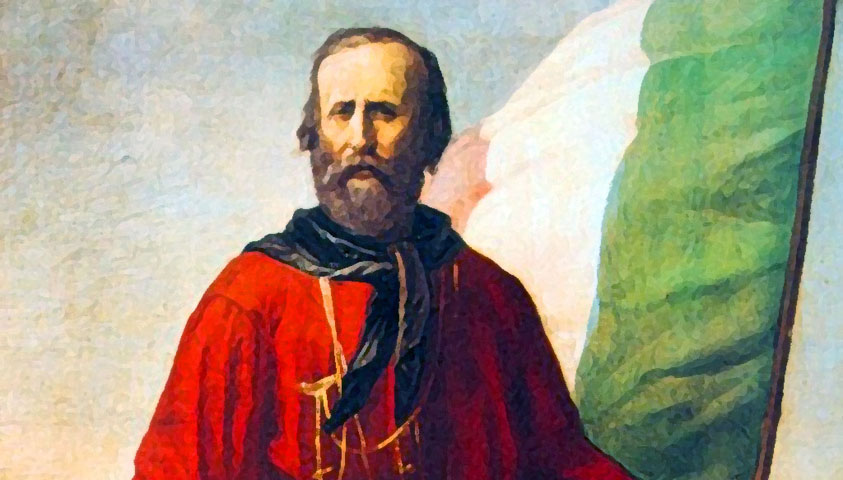
The French revolution hit the South of Italy in 1799, when a revolutionary French army invaded Naples, expelling Ferdinand and turning the kingdom into a republic.
After the final Napoleon defeat, in 1816, the Kingdom of Naples and the Kingdom of Sicily merged into the new Kingdom of the Two Sicilies.
In 1861, Puglia joined Italy during Risorgimento, under King Vittorio Emanuele II.
Photo: G. Garibaldi, the hero of the Italian unification.
The Fascist era
In 1915, the first fountain of Puglian aqueduct flowed in Bari. Its construction started in 1906, with the intention of solving the age-old problem of water shortage in the region.
With fascism, from 1922, the production of grain, olives and wine in Puglia intensified in an attempt to turn Italy into a self-sufficient nation.
Puglia during World War 2 and the Liberation
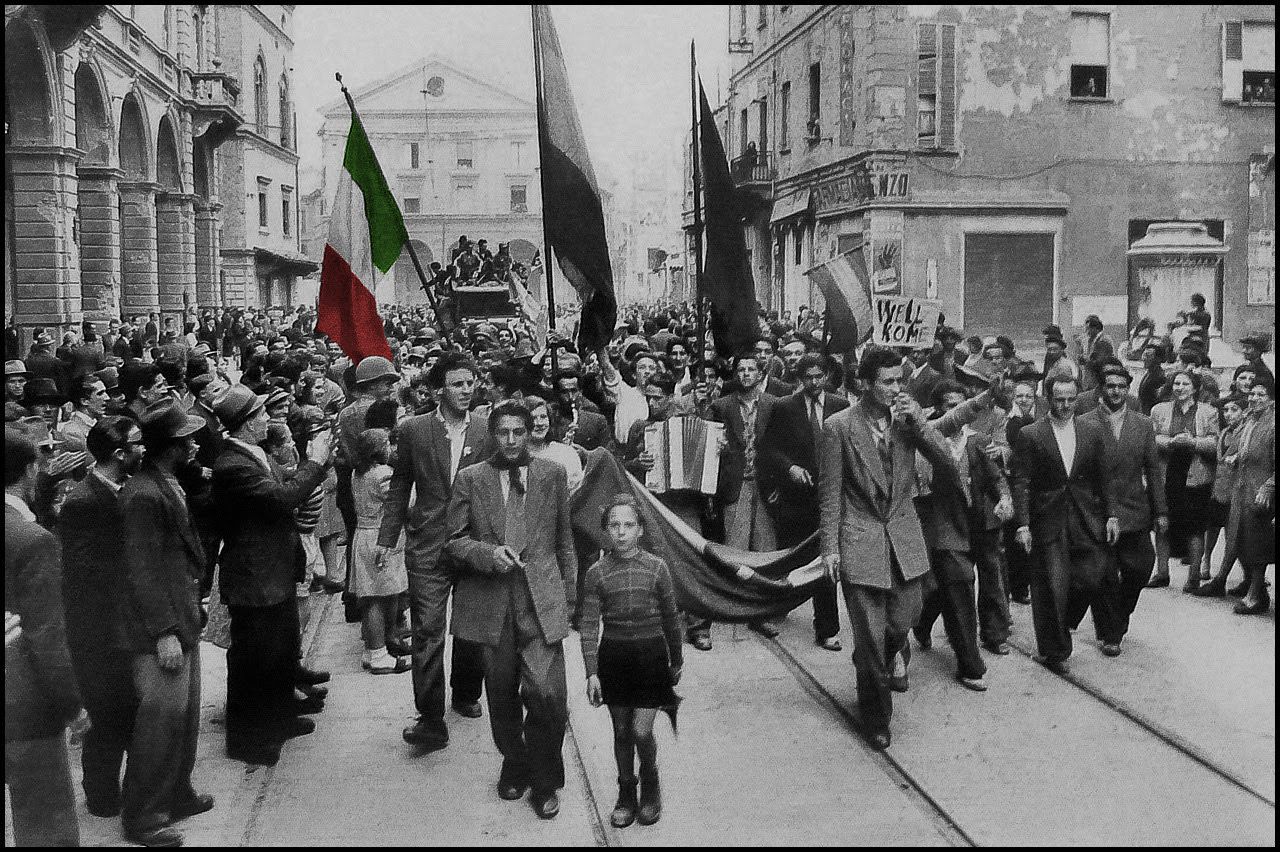
April 25th, 1945, was the day of the liberation of Milan and Turin. The Nazi occupation army surrendered and left Northern Italy after a general partisan insurrection. Since that time, April 25th in Italy is a National holiday.
Photo: The liberation from Nazi occupation in 1945
